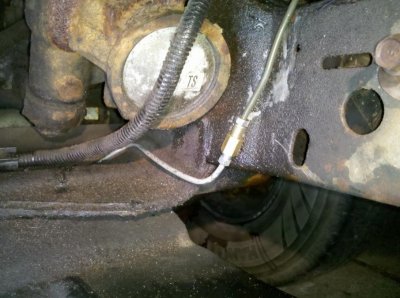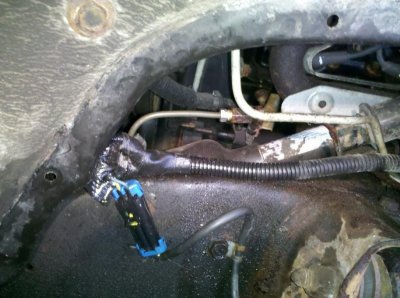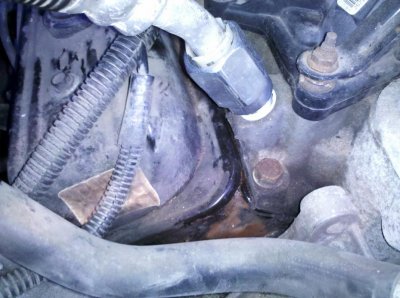I don't need a abs scan tool ,to activate anything ??
Just bleed normally ?
I have bled thousands of brakes, mostly at the Buick factory where I worked, as a brake repairman, one of many jobs in my 32 years there, but that doesn't mean I know it all
FYI, I was wrong about mileage on the Hoe, It's 51,000
Just bleed normally ?
I have bled thousands of brakes, mostly at the Buick factory where I worked, as a brake repairman, one of many jobs in my 32 years there, but that doesn't mean I know it all
FYI, I was wrong about mileage on the Hoe, It's 51,000
Last edited:



